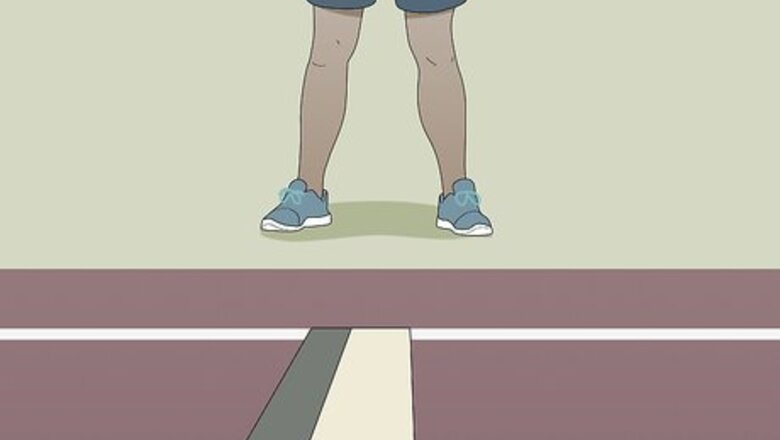
views
Inspecting the Run Up to the Takeoff Board
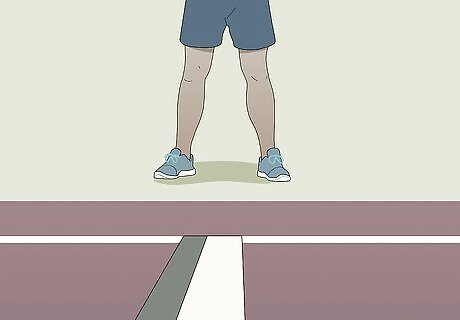
Stand or sit directly in line with the takeoff board. The long jump is a fast-moving event that requires the people measuring to have a watchful eye. To make things as easy as possible, place yourself as close to the board as you can. Don’t get too close, however, as this can affect the athlete’s focus. Since there are usually a lot of athletes competing at once, it is best to get a chair and set it up a few feet from the takeoff line. This will help you stay focused on the jumpers.
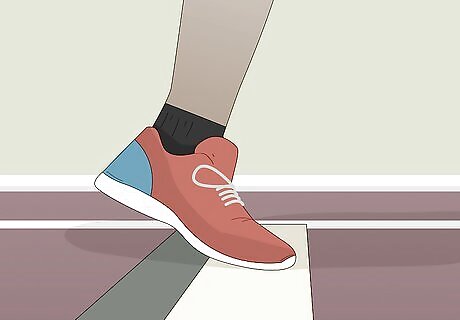
Watch for the athlete’s foot placement. A competitor’s score is disqualified if they place any part of the foot beyond the edge of the board. If a competitor touches the ground with any body part beyond the takeoff line, it is counted as an attempt. If an athlete takes more than a minute to attempt a jump or walks back through the sand pit after a jump, it is considered a foul and the attempt doesn’t count.

Start the measurement at the edge of the takeoff board. The goal of the competitor is to begin the takeoff from as close to the front of the board as possible without having any part of the foot cross it. All jumps are measured starting at the front edge of the takeoff board. Even the slightest part of the jumper's shoe going over the line counts as a violation, so keep your eyes as in-line with the edge of the takeoff board as possible.
Tracking the Jumper’s Landing

Place markers around the sand pit to make measuring easier. In addition to having multiple judges lined up alongside the landing zone, put distance markers next to the pit for a more efficient measuring system. Place these markers every one meter until you reach the end of the landing zone. These markers are never allowed in the sand pit itself, as this can put the athlete in harm’s way.
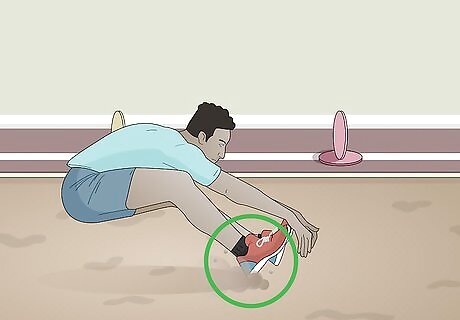
Check to see which body part hits the sand first. Athletes are looking to land with their feet together and in front of the rest of their body. Normally, the feet hit the sand first and where they hit is where the jump gets marked. However, if a different body part, such as a hand or an elbow, hits the sand before the feet, the measurement must be calculated from where that body part hit. Sometimes, athletes' bottoms will hit the sand right before the feet. If this happens, mark the landing point here, not where the feet hit.
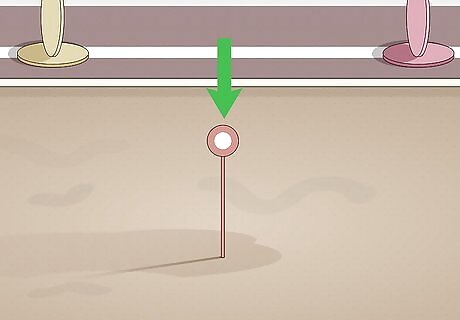
Mark the landing spot with a spike. Take a tape measure and place the zero end directly above the spike. Then walk in a straight line toward the takeoff board and place the other end of the tape measure right at the edge of the board. The number shown on the tape measure is the athlete’s score. Due to the scores being measured in meters, you must have a tape measure with that unit on it.
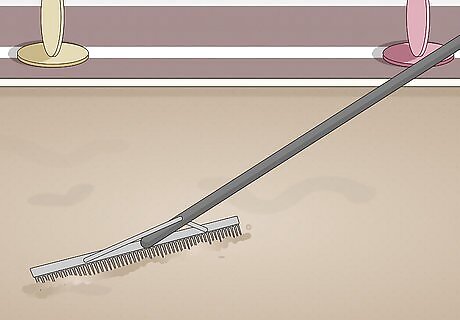
Reset the sand-filled landing zone for the next jumper. Make sure to rake the sand pit to smooth it out and give the next competitor the same surface as the previous jumpers. Doing this also makes it easier for the judges to see where the next athlete lands. This is mandatory after every individual jump.



















Comments
0 comment